Ultimate Guide to Tongariro Alpine Crossing in New Zealand’s Scenic Trails
**Where:** Tongariro, NZ
**When:** December
**Time:** 9 hours
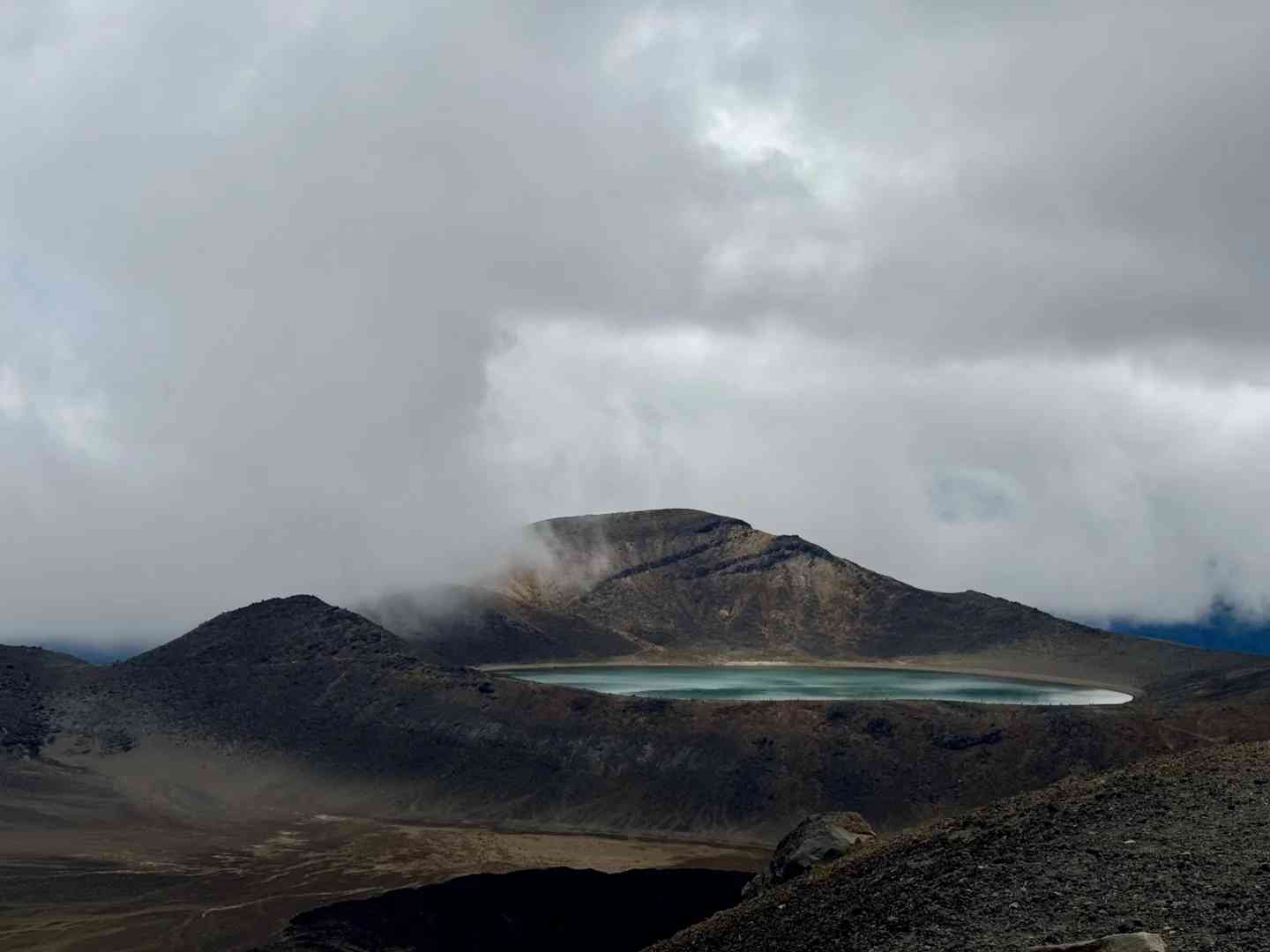
Embark on an unforgettable hiking adventure in Tongariro, New Zealand, during the vibrant month of December.
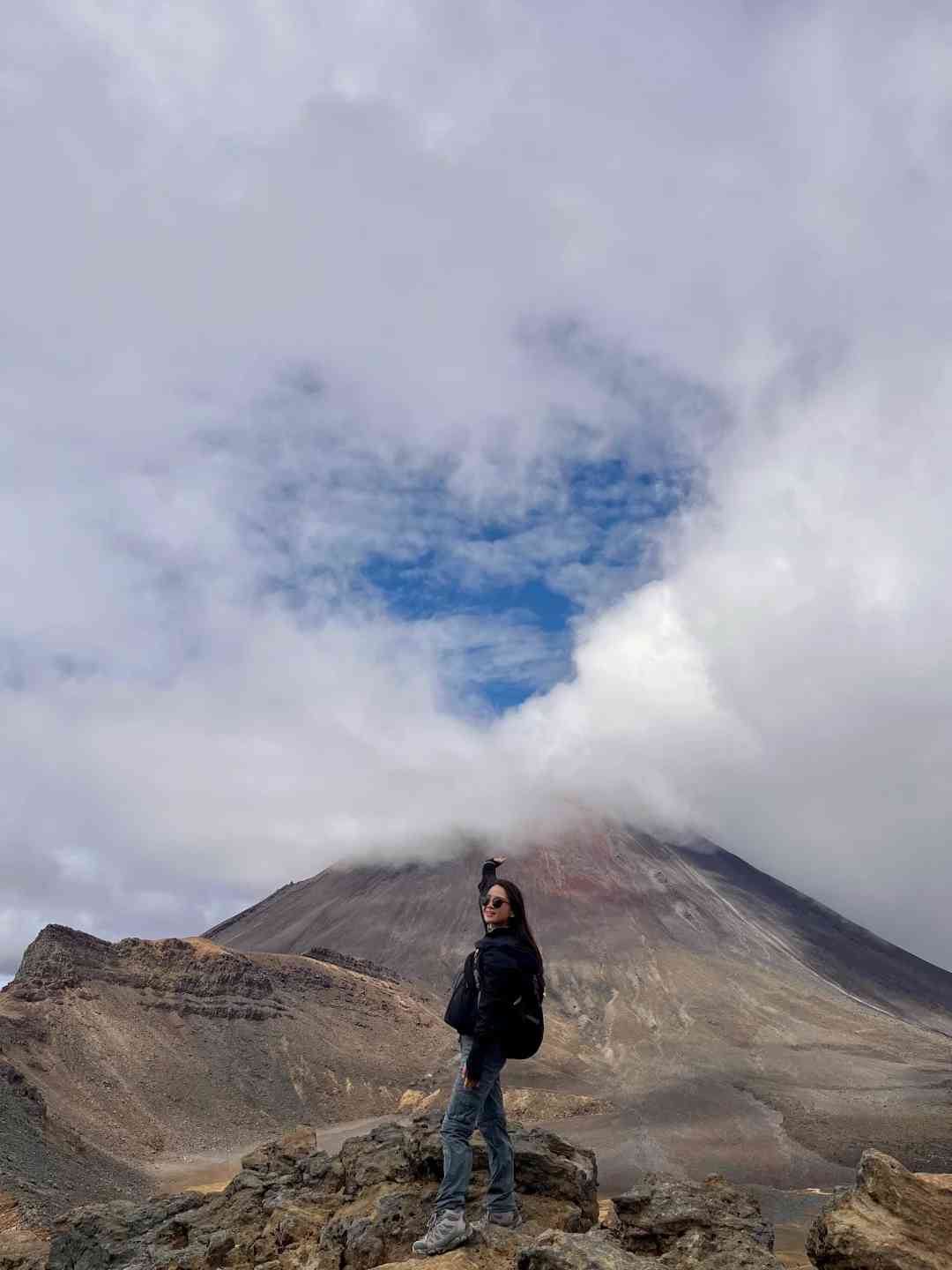
**Key Points:**
If you’re planning a trip to Tongariro, aim for the golden months of December and January! The base of the mountain can be quite windy and chilly, making the sunny days of summer, particularly December and January, the ideal time to explore. Before setting out, make sure to check the weather forecast repeatedly; a clear, sunny day is essential for a safe and enjoyable hike.
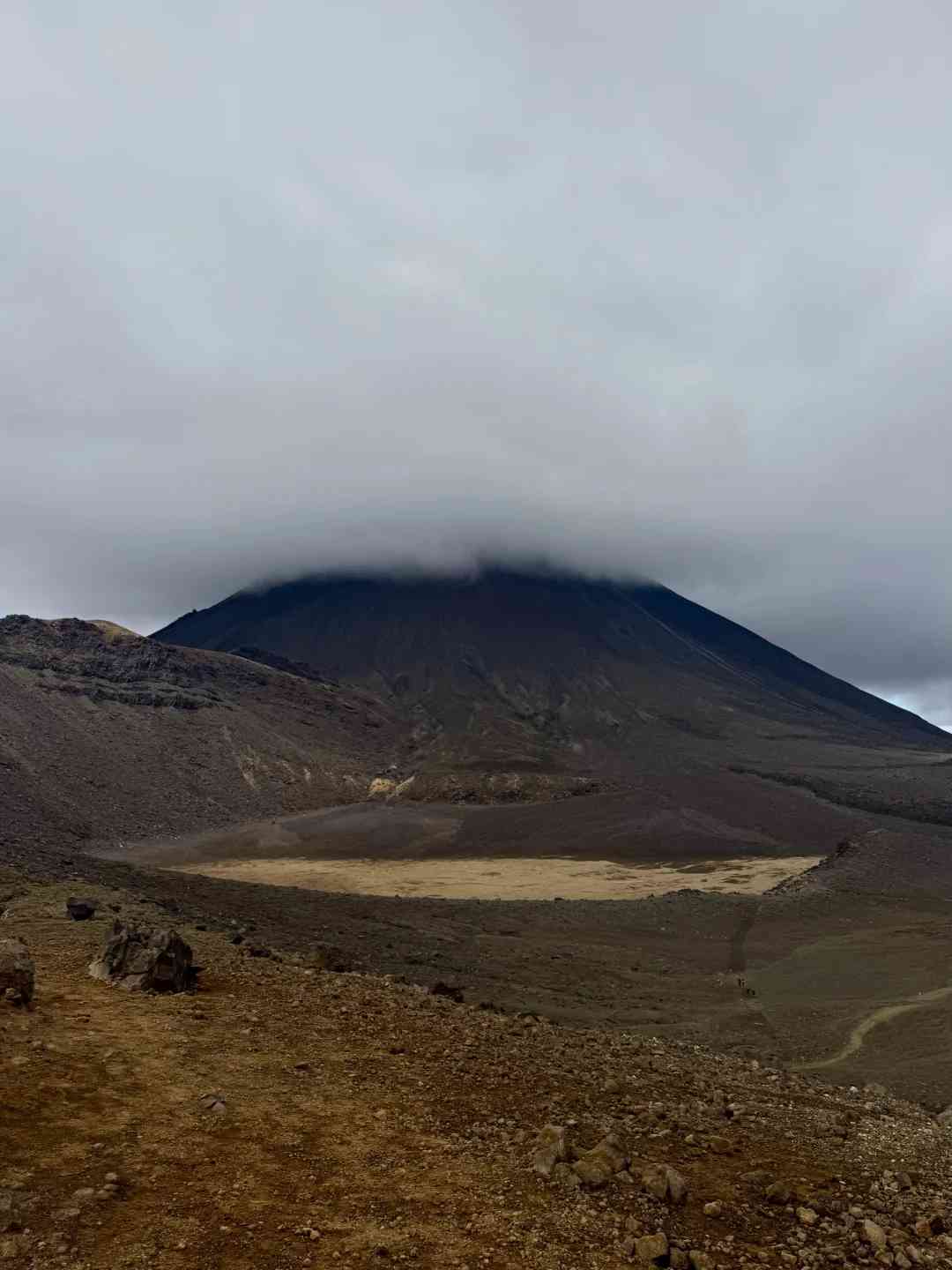
**Dressing Guide: December – January**
– **Top:** Start with a sports vest, add a breathable and warm, single-layer, tight-fitting top, and finish with a windproof and waterproof single-layer jacket.
– **Bottom:** Opt for breathable and warm, single-layer, tight-fitting pants, and cover them with windproof and waterproof single-layer hiking pants.
– **Shoes:** Choose sturdy hiking shoes paired with comfortable hiking socks.
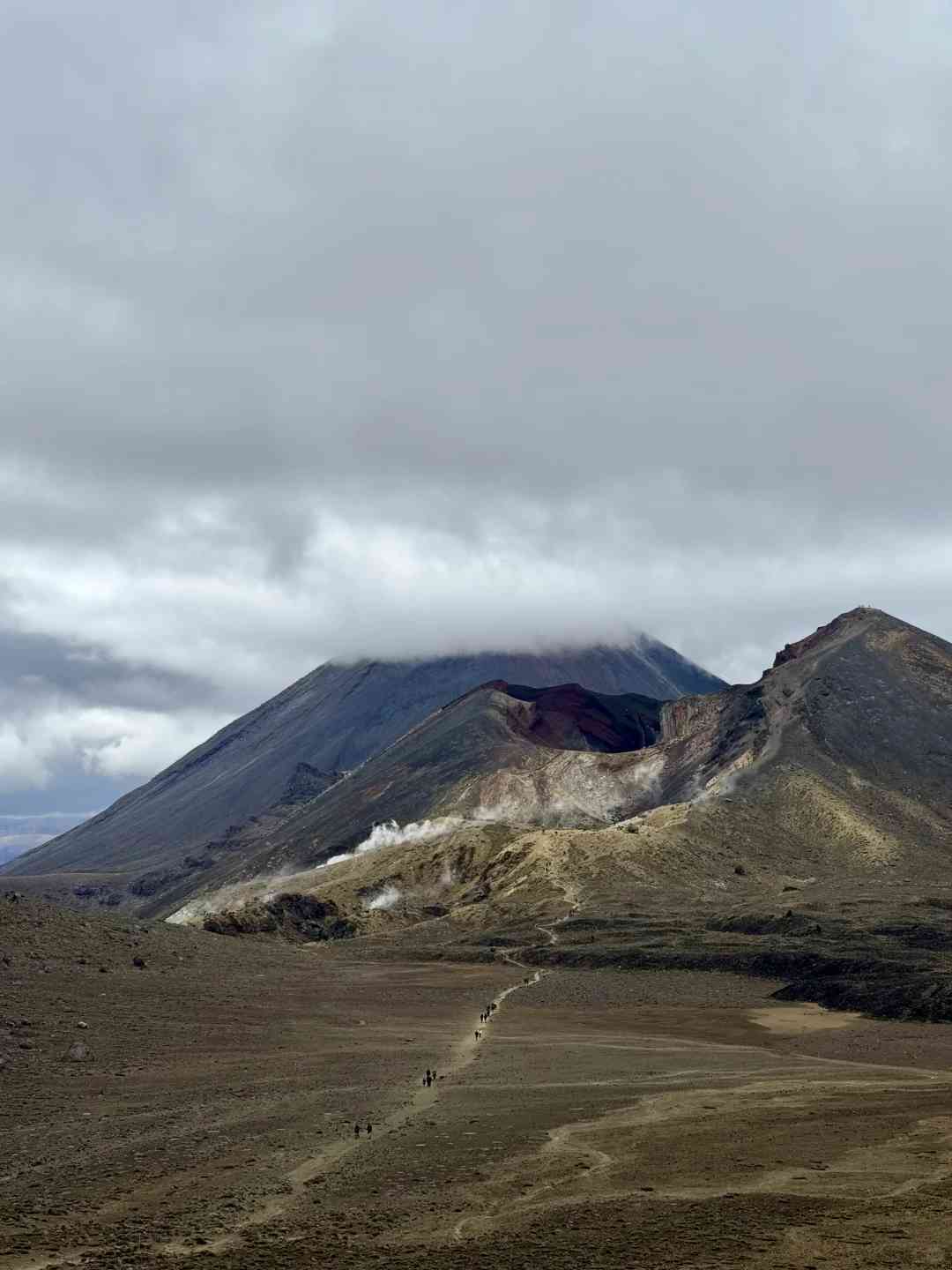
**Recommended Brands:**
– **Tops and Innerwear:** A well-fitting, warm, and breathable combination of a vest and a tight-fitting top is crucial. No specific brand is required, as long as it keeps you warm and allows for breathability. Even in summer, the summit temperature can drop to around 10 degrees Celsius.
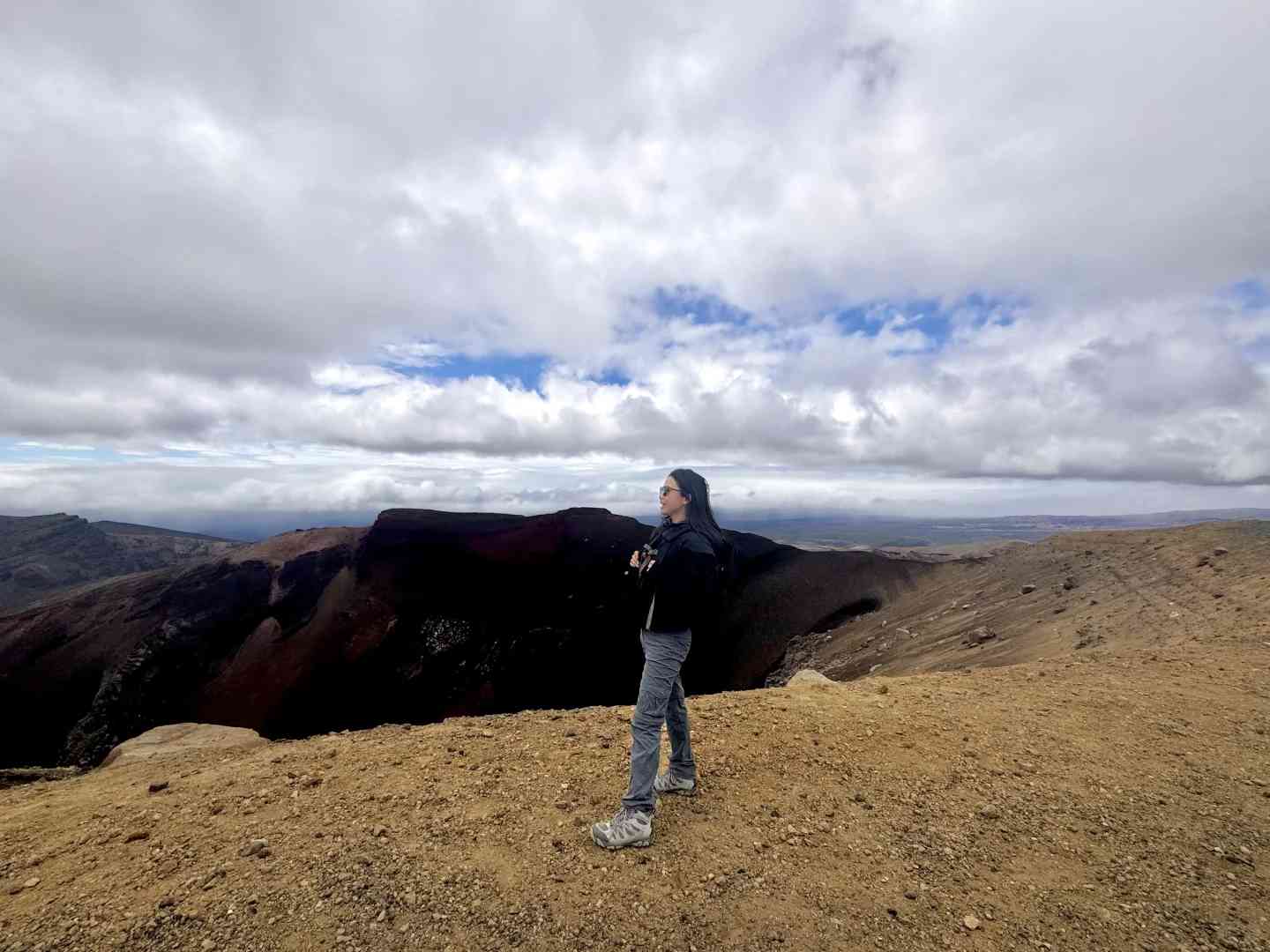
– **Outerwear (Tops and Bottoms):** Strong wind and rain protection are non-negotiable. The summit winds can be fierce, and even on a clear day, light rain is possible. Ensure your outerwear is both waterproof and breathable. In the warmer temperatures at the base, breathable clothing will keep you comfortable.
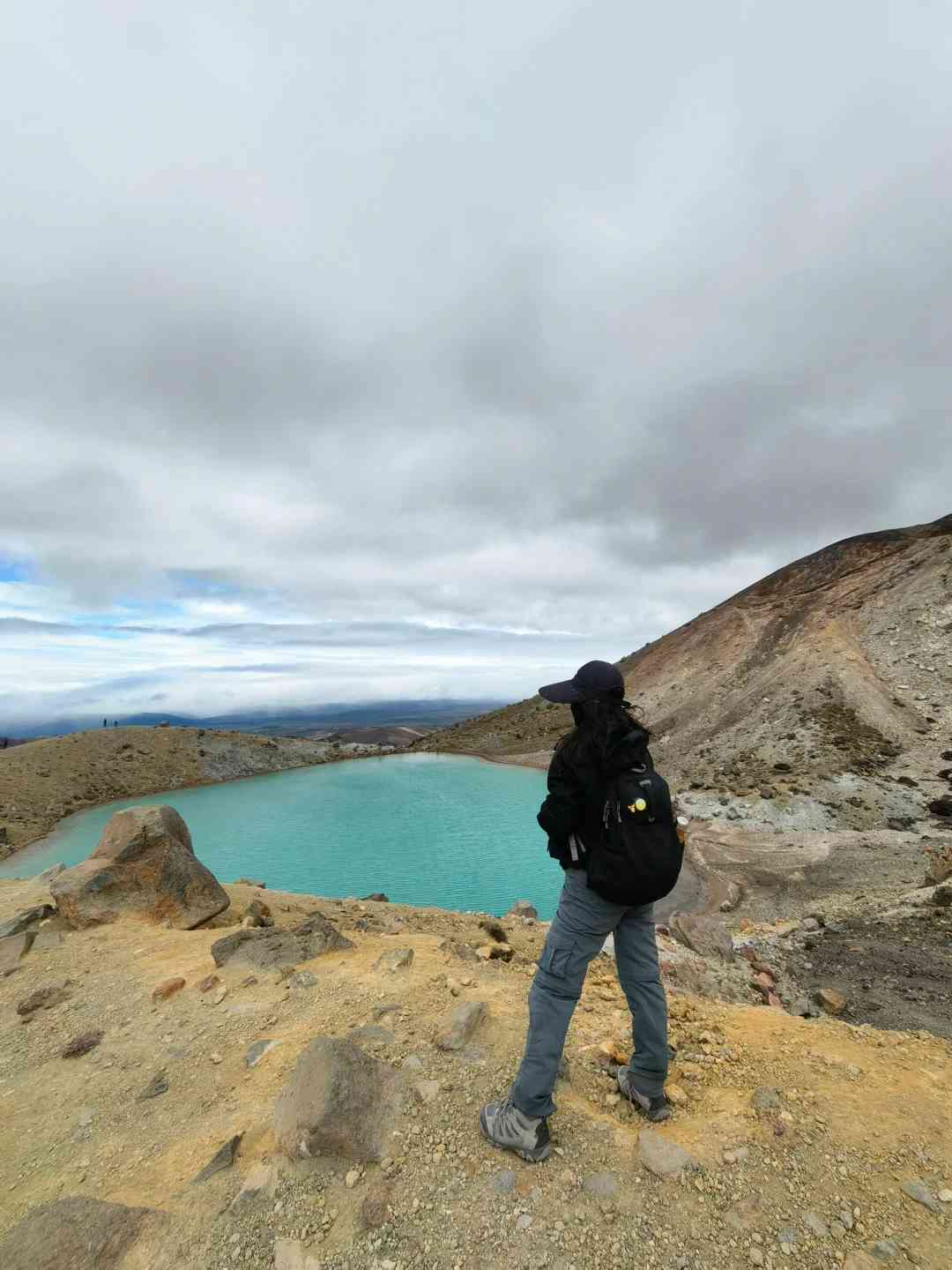
**Food:**
Pack chocolate, 1 liter of water, nuts, and bread or biscuits. Chocolate is a must-have for a quick energy boost. While a seasoned hiker might complete the trek in 7 hours, amateurs typically take 9-10 hours, and some may even need 11-12 hours. Proper energy replenishment is key to a successful hike.
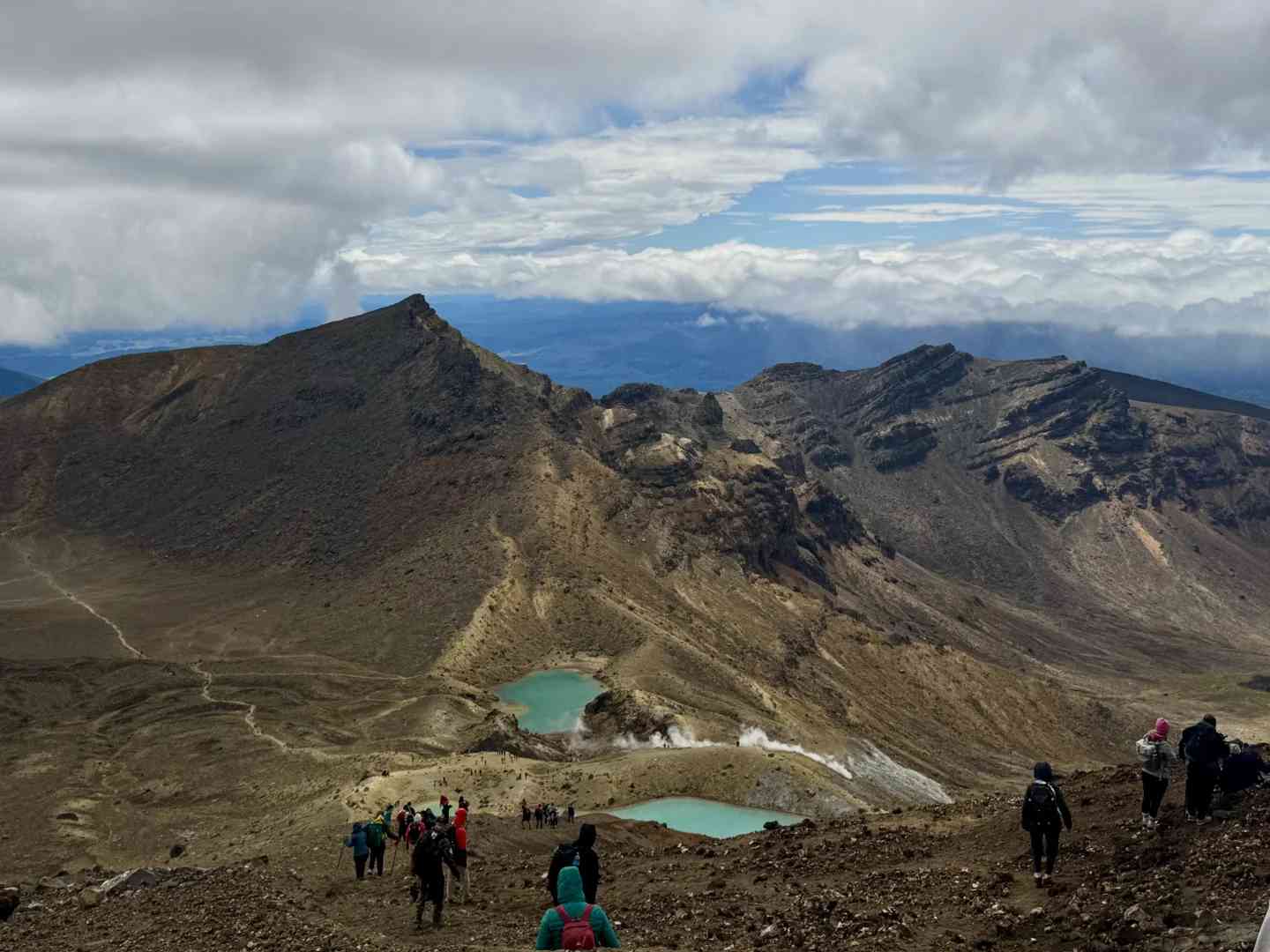
**Schedule:**
Our total hiking time was approximately 9 hours. It’s advisable to start before 8 am. During the New Zealand summer, darkness usually sets in around 9 pm, providing about 12 hours of daylight. Starting early ensures safety, as there are no rescue services, accommodations, or lighting available once night falls. Additionally, the temperature drops rapidly after sunset, making it essential to complete the hike before dark.

Route:
The entire hike is divided into three distinct sections, each offering a unique and breathtaking experience.
First section: This part of the trail is relatively flat, with occasional steps that number no more than a few dozen to a hundred. It takes about 3 hours to complete and offers stunning views of grassy meadows and distant snow-capped mountains. The scenery and difficulty level are reminiscent of a 4-hour trek in Mount Cook National Park, making it a perfect start to your adventure.
Second section: The most challenging yet rewarding part of the hike, this section involves climbing to the summit of a snow-capped mountain. The ascent is steep and demanding, particularly near the peak, where the terrain becomes slippery and winds can be fierce. Without any steps, this part of the climb can be quite perilous.
It’s highly recommended to tackle this section on a sunny day during the summer months, even though the wind can still feel powerful enough to sweep you off your feet. This section also takes about 3 hours to complete.
Third section: This final stretch is mostly downhill, beginning with a leisurely walk through shrubbery and relatively flat terrain. Initially, I thought this would be the easiest part, but the last hour or so involves descending through a small forest with numerous steps. By this point, my legs were thoroughly exhausted, likely a sign of my advancing age.
Accommodation:
For a comfortable and convenient stay, it’s recommended to book accommodation in the charming town of Ohakune. The town offers reasonably priced lodging options and a variety of amenities. It’s just a 40-minute drive from Ohakune to the hiking area, making it an ideal base for your adventure.
Transportation:
To make the most of your hike, drive directly to the northern end of the trail and then take a bus to the southern starting point. This way, you won’t have to endure a long, tiring bus ride back to the south after completing your trek. You can easily find the bus schedules and routes by searching on Google.

